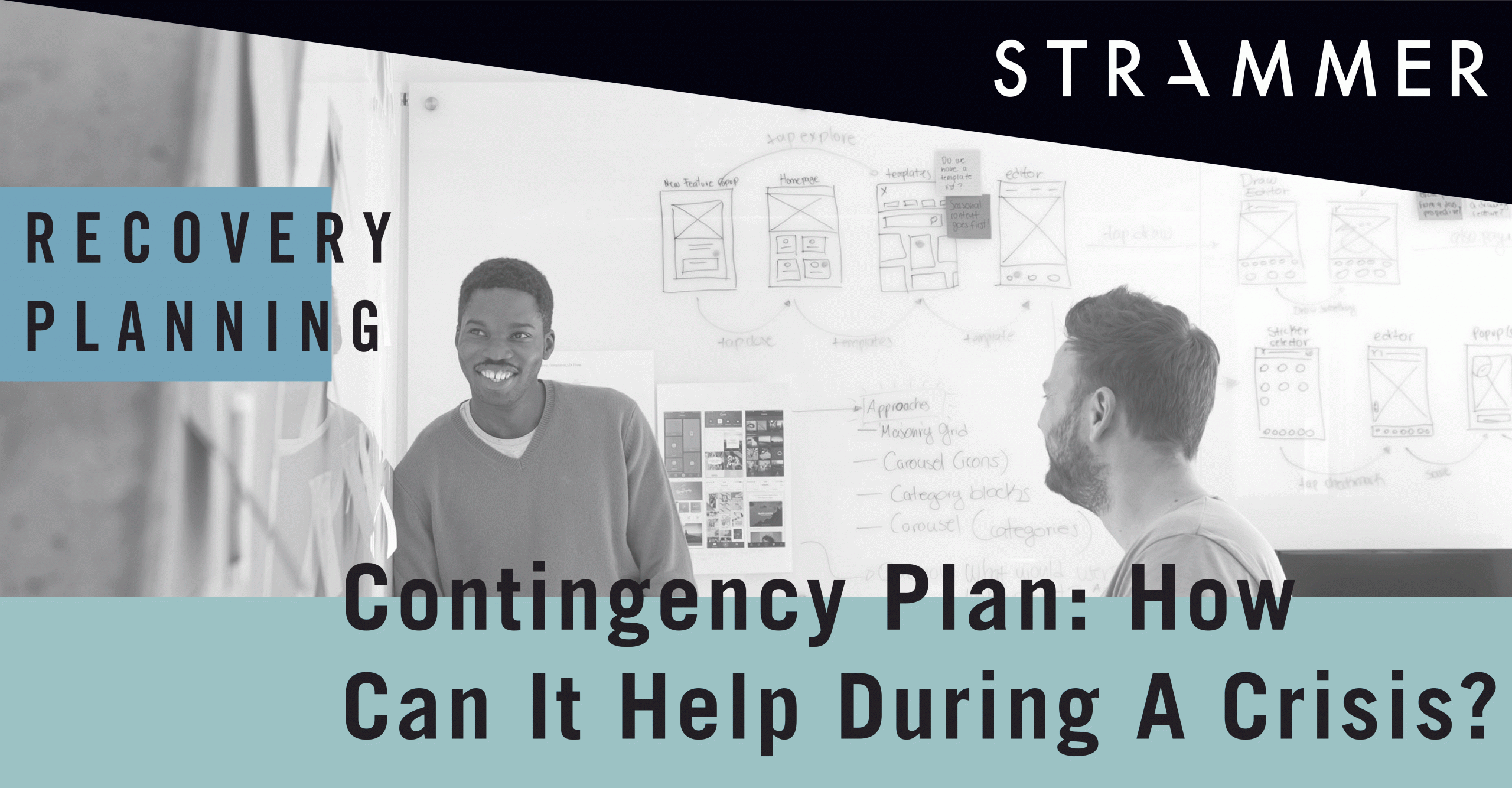Contingency And Recovery Planning
Contingency management is a form of proactive risk management which helps a company be prepared for a potential future event.Recovery plans allow a business to have an organised response plan in contrast to reactive last-minute damage-controls. Businesses of all varying scales at the moment are adopting such plans due to the COVID-19 crisis, some of whom are starting from the beginning, and some modifying their pre-existing plans to fit the current scenario. Today we are all in the contingency phase, and smart businesses have understood the benefits of a recovery plan to thrive after the crisis.
It is true that the Covid-19 pandemic has made matters significantly uncertain; however no matter which stage of crisis management you are in at the moment, certain factors must be taken into account while drafting or modifying your plan to maximize company activity during potential unprecedented scenarios.
The first step is to allocate and prioritize resources. A holistic short term plan, including all business aspects such as employees, stakeholders, cash flow, clients/customers, suppliers, and others, needs to be formulated. Find out what your company will not be able to “survive” without, for example, key personnel, IT frameworks, documents, specific departments or machines. Develop a way to safeguard or backup these key essentials. For example, have a digital copy of all prerequisites. The HR department should also identify redundancies in case lay-offs are necessary.
A second step would be to brainstorm and identify potential risk factors to draft individual plan-of-actions for each possible occurrence. If your area of business is sensitive to natural disasters and economic turbulence, it would be wise to draw up two contingency plans addressing each concern. Similarly, coming up with potential risks for clients/customers, suppliers or partners will help you be prepared in case of unfortunate predicaments. For example, having a secondary supply chain or internet provider could drastically eliminate the chances of a business slowdown. A recovery plan after the crisis needs to be formulated as well, which is strategically designed to heal every important department after the crisis. However, remember to first focus on high-risk cases primarily to prevent wastage.
Once you have the necessary data, start drafting your contingency plan. Remembering the assets and resources accessible to you, structure solutions for the potential dangers you need to cover. It is important to be realistic and have a “zone of tolerance” in your plan.
Contingency plans are best drafted by consulting with different sources, for example your colleagues, stakeholders or external consultants. They can offer professional, personalised and unique perspectives. Ensure that everybody in the company has a copy, especially a digital copy in case hard copies cannot be accessed. These plans should be easy to understand and clear to mitigate the chances of misinterpretation.
The contingency plan should be updated annually with necessary changes in case of foreseeable events that could change normal business behaviour. After the crisis, once businesses are stabilizing, it is necessary to revisit and assess the resilience of the contingency plan to make necessary adjustments. It will help with finding strategies to bounce back post-crisis.
Making arrangements for operational ductility can increase your preparedness and ease worries amongst staff during future unforeseen events like the Coronavirus. Businesses with a fool proof contingency plan are already performing better and have higher chances of bouncing back with lesser difficulty after the crisis. Similarly, by using these Business Contingency And Recovery Planning strategies, you can make sure that your company is equipped to sustain activities during critical times and the aftermath.
References:
- How To Craft A Bulletproof Contingency Plan – February 19, 2019, Inc.com,
- Contingency Planning: A Growing Company’s Blueprint For Business Disruption Readiness, March 19, 2020 – Forbes.com





